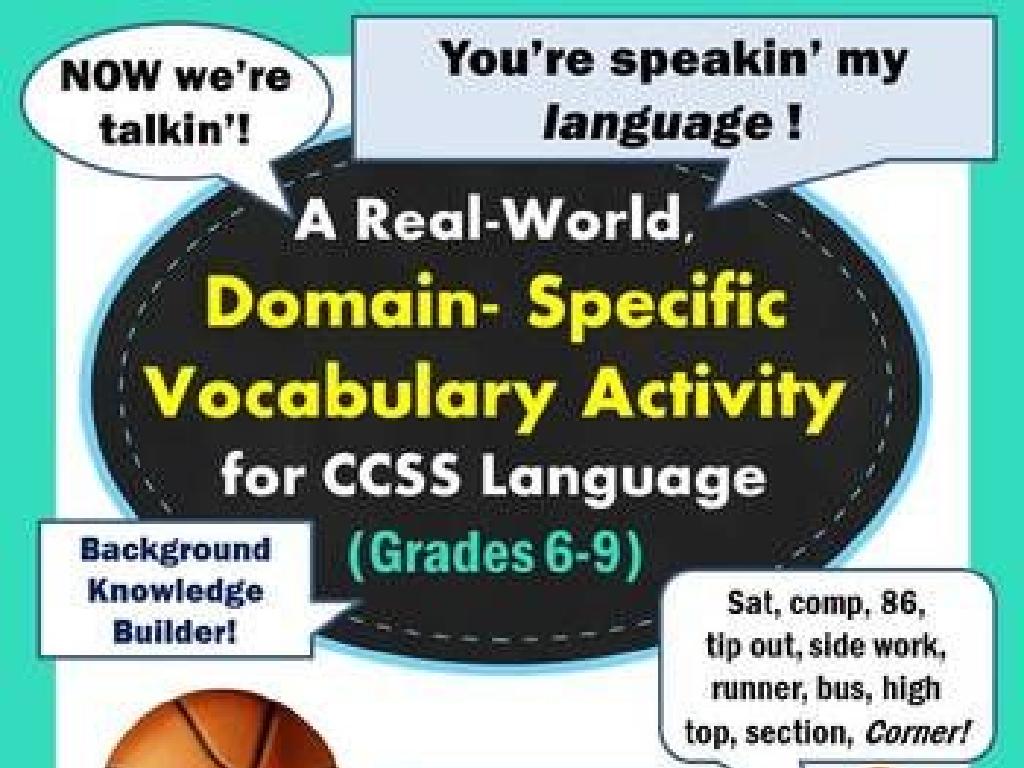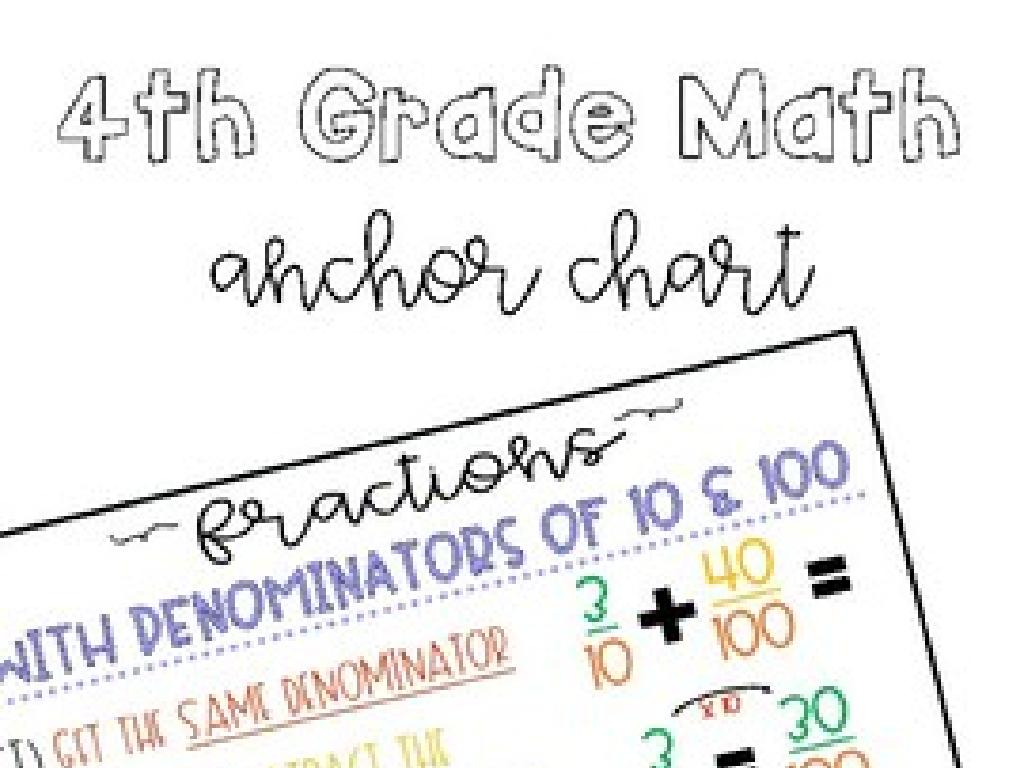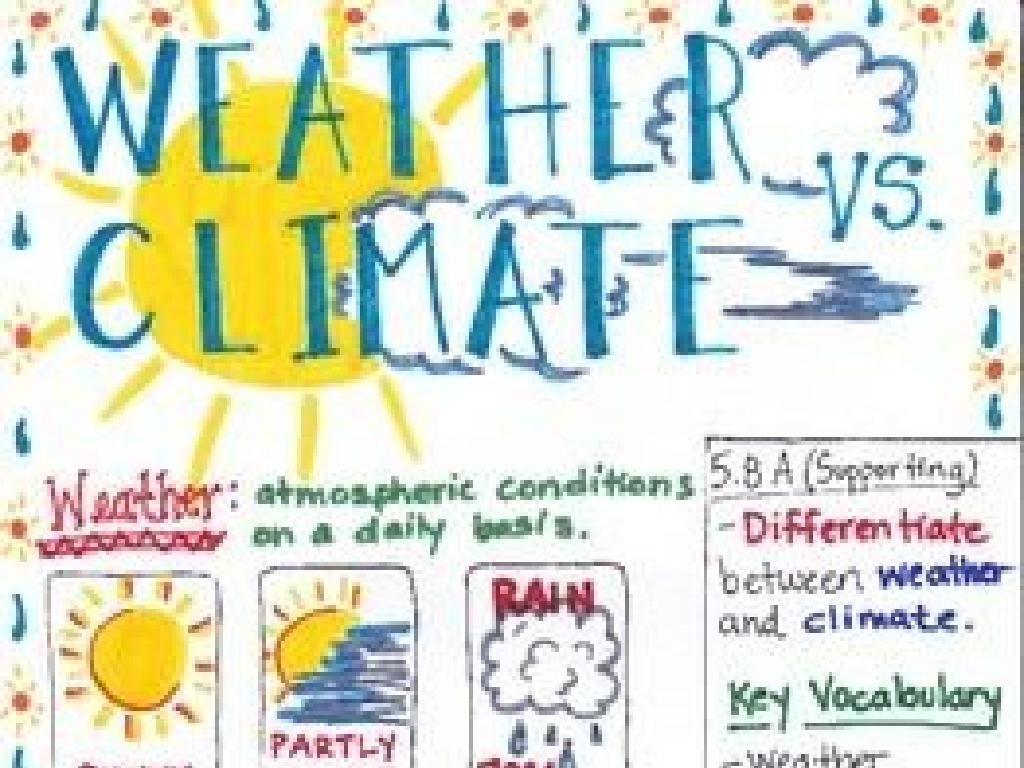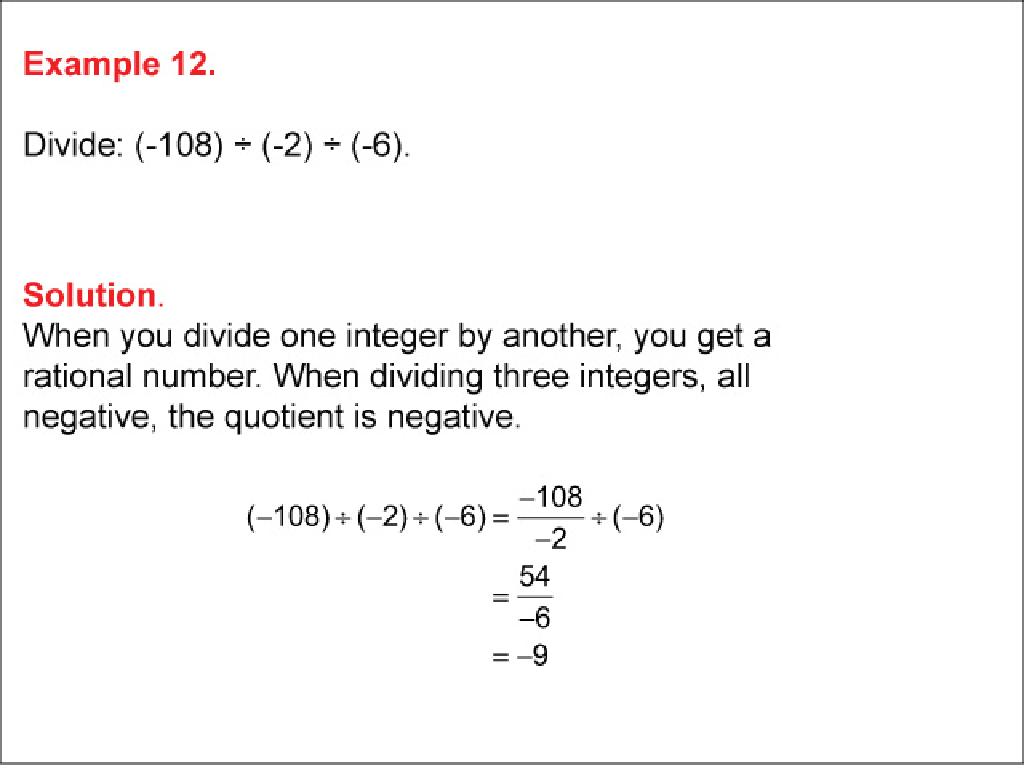Abbreviate Time And Length Units
Subject: Science
Grade: Fourth grade
Topic: Units And Measurement
Please LOG IN to download the presentation. Access is available to registered users only.
View More Content
Understanding Time and Length Units
– Why measuring is important
– Common time units: sec, min, hr
– Seconds (sec), Minutes (min), Hours (hr)
– Common length units: in, ft, yd, mi
– Inches (in), Feet (ft), Yards (yd), Miles (mi)
– Everyday use of units
– Cooking, building, traveling
|
This slide introduces the concept of measurement and its importance in everyday life. Start by discussing why we measure things, such as to cook accurately or to know how long a trip will take. Introduce common units of time like seconds, minutes, and hours, and units of length such as inches, feet, yards, and miles. Explain that ‘sec’ stands for seconds, ‘min’ for minutes, ‘hr’ for hours, ‘in’ for inches, ‘ft’ for feet, ‘yd’ for yards, and ‘mi’ for miles. Give examples of how these units are used in daily activities like cooking (measuring ingredients), building (measuring materials), and traveling (estimating travel time and distance). Encourage students to think of other situations where they use these units.
Understanding Time and Its Units
– Time indicates ‘when’ events occur
– Clocks: Hours, minutes, seconds
– Clock hands or digital numbers show us time
– Calendars: Days, weeks, months, years
– Calendars help us track longer periods
– Abbreviations: hr, min, sec, wk, mo, yr
– Short forms for writing time units quickly
|
This slide introduces the concept of time as a measurement that tells us when events happen. Explain that time can be measured in smaller units like hours, minutes, and seconds with clocks, and in larger units like days, weeks, months, and years with calendars. Emphasize the importance of abbreviations for these units of time, such as hr for hour, min for minute, sec for second, wk for week, mo for month, and yr for year. These abbreviations help us write and communicate about time more efficiently. Encourage students to practice using these abbreviations in different contexts, such as scheduling activities or noting the duration of events.
Understanding Length Measurement
– Length: ‘how long’ or ‘how far’
– Tools: rulers and measuring tapes
– Use these tools to measure things like pencils or a desk
– Common length units
– inches (in), feet (ft), yards (yd), miles (mi)
– Abbreviating units
– Learn to write shorter forms of units
|
This slide introduces the concept of length and its importance in everyday measurements. Length helps us describe the distance from one point to another. Tools like rulers and measuring tapes are essential for finding out the length of various objects. Familiarize students with common units of length such as inches, feet, yards, and miles, and teach them the standard abbreviations for these units. Provide examples of each unit by relating them to real-life objects (e.g., a pencil is about 7 inches long, a bed might be 6 feet wide). Encourage students to practice measuring items around the classroom and using the correct abbreviations for units of length.
Abbreviating Time Units
– Hour, Minute, Second abbreviations
– Hour (hr), Minute (min), Second (sec)
– Day, Week, Month, Year abbreviations
– Day (d), Week (wk), Month (mo), Year (yr)
– Practice abbreviating time
– How to write 3 hours, 20 minutes as 3 hr 20 min?
|
This slide introduces students to the standard abbreviations for time units, which are essential for science and everyday life. Start by explaining each abbreviation and provide examples. For instance, ‘hr’ stands for hour, ‘min’ for minute, and ‘sec’ for second. Similarly, explain ‘d’ for day, ‘wk’ for week, ‘mo’ for month, and ‘yr’ for year. Engage the class with a practice example: abbreviating 3 hours and 20 minutes to 3 hr 20 min. This exercise helps students become familiar with abbreviating time units, a skill they will often use in writing and understanding schedules, timelines, and scientific measurements.
Abbreviating Length Units
– Inch, Foot, Yard, Mile
– Abbreviations: in (Inch), ft (Foot), yd (Yard), mi (Mile)
– Practice: 5 feet 2 inches
– 5 feet 2 inches is written as 5’2″
– Why abbreviations matter
– Saves time, space, and is a standard in science
– Common uses in daily life
– Used in height, distance, and directions
|
This slide introduces students to the standard abbreviations for common length units used in the United States. Understanding these is crucial for effective communication, especially in scientific and mathematical contexts. It’s also a practical skill for everyday life, such as measuring height or giving directions. The practice example helps students apply their knowledge immediately, reinforcing learning. Discuss the importance of using these abbreviations correctly and provide additional examples where these units are used, such as in construction, sports, and travel.
Using Abbreviations in Real Life
– Road sign abbreviations
– Speed Limit signs use mi/hr for miles per hour
– Recipe time abbreviations
– Recipes use min for minutes, like ‘Bake for 20 min’
– Discuss everyday abbreviations
– Think of other places you’ve seen abbreviations like in, ft, cm
– Understanding units in context
|
This slide aims to show students how abbreviations for units of time and length are used in everyday life. Start by explaining that abbreviations are shortened forms of words or phrases. Show examples like road signs where ‘mi/hr’ stands for ‘miles per hour’ and recipes where ‘min’ stands for ‘minutes’. Engage the class by asking them to discuss other places they have seen abbreviations, such as on rulers (in, ft, cm) or in weather reports. This will help them understand the practical application of these units and how they are a part of daily communication. Encourage students to share their examples and explain the context in which they found them.
Class Activity: Measurement Scavenger Hunt
– Find objects to measure in class
– Record lengths with abbreviations
– Use ‘cm’ for centimeters, ‘m’ for meters
– Share measurements with classmates
– Discuss findings in small groups or with everyone
– Understand unit abbreviations
– Learn why we use ‘in’ for inches, ‘ft’ for feet
|
This interactive activity is designed to help students understand and practice abbreviating units of length. Students will search the classroom for items to measure, such as a bookshelf or a desk, and then write down their measurements using the correct abbreviations for units like inches (in), feet (ft), centimeters (cm), and meters (m). After measuring, students will share their findings with the class, which will reinforce their understanding of measurement units and abbreviations. The teacher should circulate to provide guidance and ensure accuracy. Possible variations of the activity could include measuring the same object with different units, comparing results, or estimating measurements before actually measuring.
Conclusion: Time & Length Abbreviations
– Recap abbreviations for time
– e.g., sec (seconds), min (minutes), hr (hours)
– Recap abbreviations for length
– e.g., in (inches), ft (feet), yd (yards), mi (miles)
– Importance of measurements
– Helps in cooking, traveling, and scheduling
– Get ready for a quiz!
|
This slide wraps up our lesson on abbreviating time and length units. Start by reviewing the abbreviations for time such as seconds (sec), minutes (min), and hours (hr), and for length including inches (in), feet (ft), yards (yd), and miles (mi). Emphasize the practical applications of these measurements in everyday life, such as cooking with recipes, measuring distances while traveling, and creating schedules. Conclude by informing students about the upcoming quiz, and encourage them to review their notes and ensure they understand how to abbreviate and use these units correctly. Provide study tips and remind them of the resources available to help them prepare.






